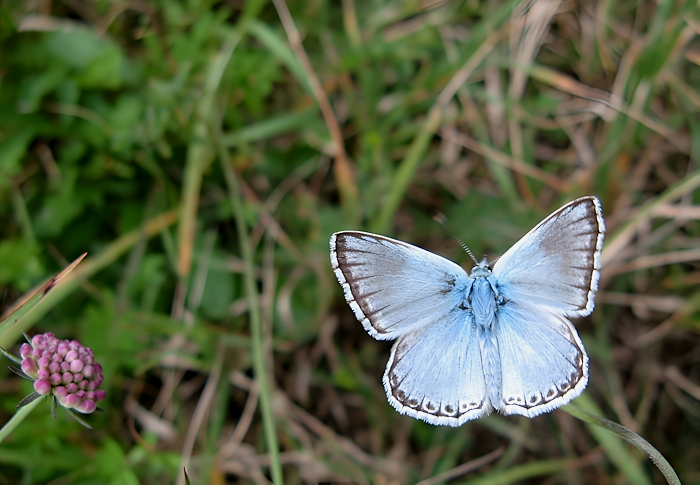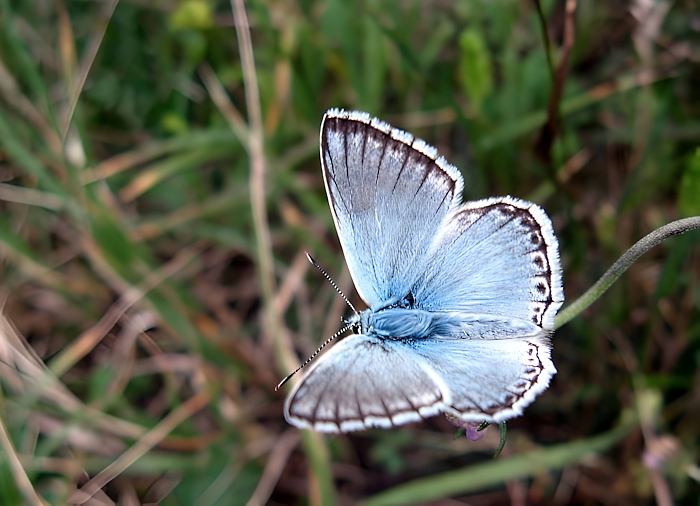
Male, France, August 2008

Male, France, August 2008

Male, France, August 2008

Female, France, August 2008

Female, France, August 2008

Female, France, August 2008

Male, France, August 2008

Male, France, August 2008

Female, France, August 2008

Mating pair, France, August 2008

Distribution










